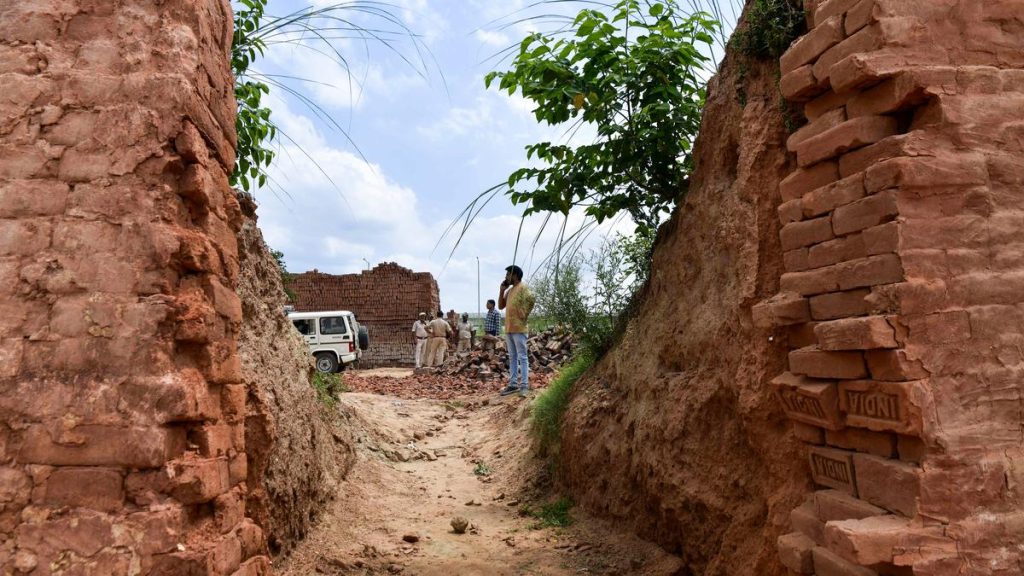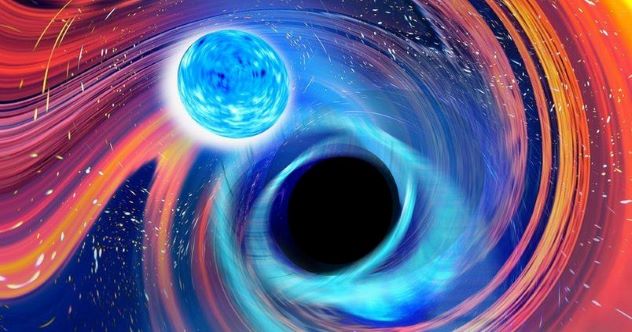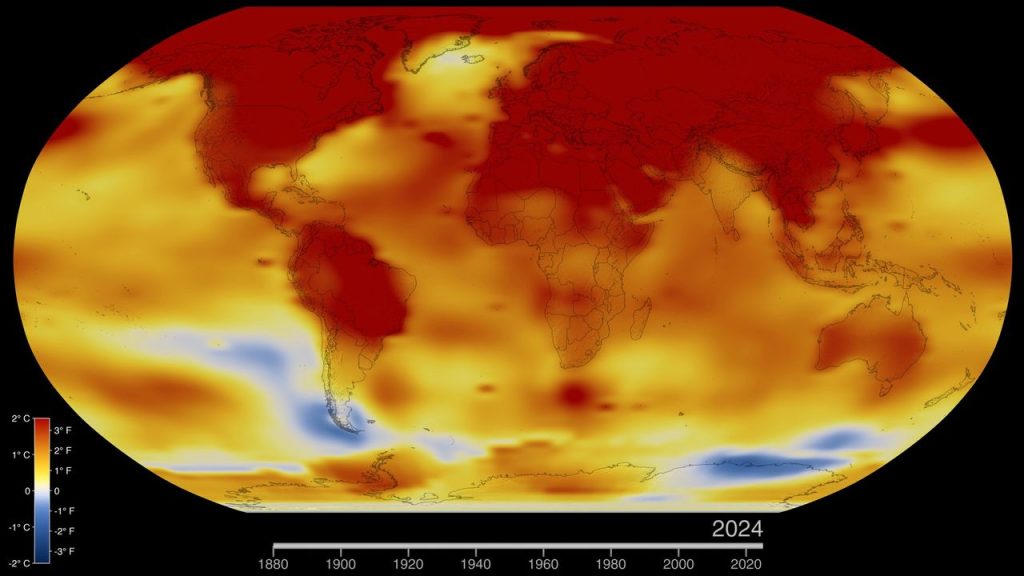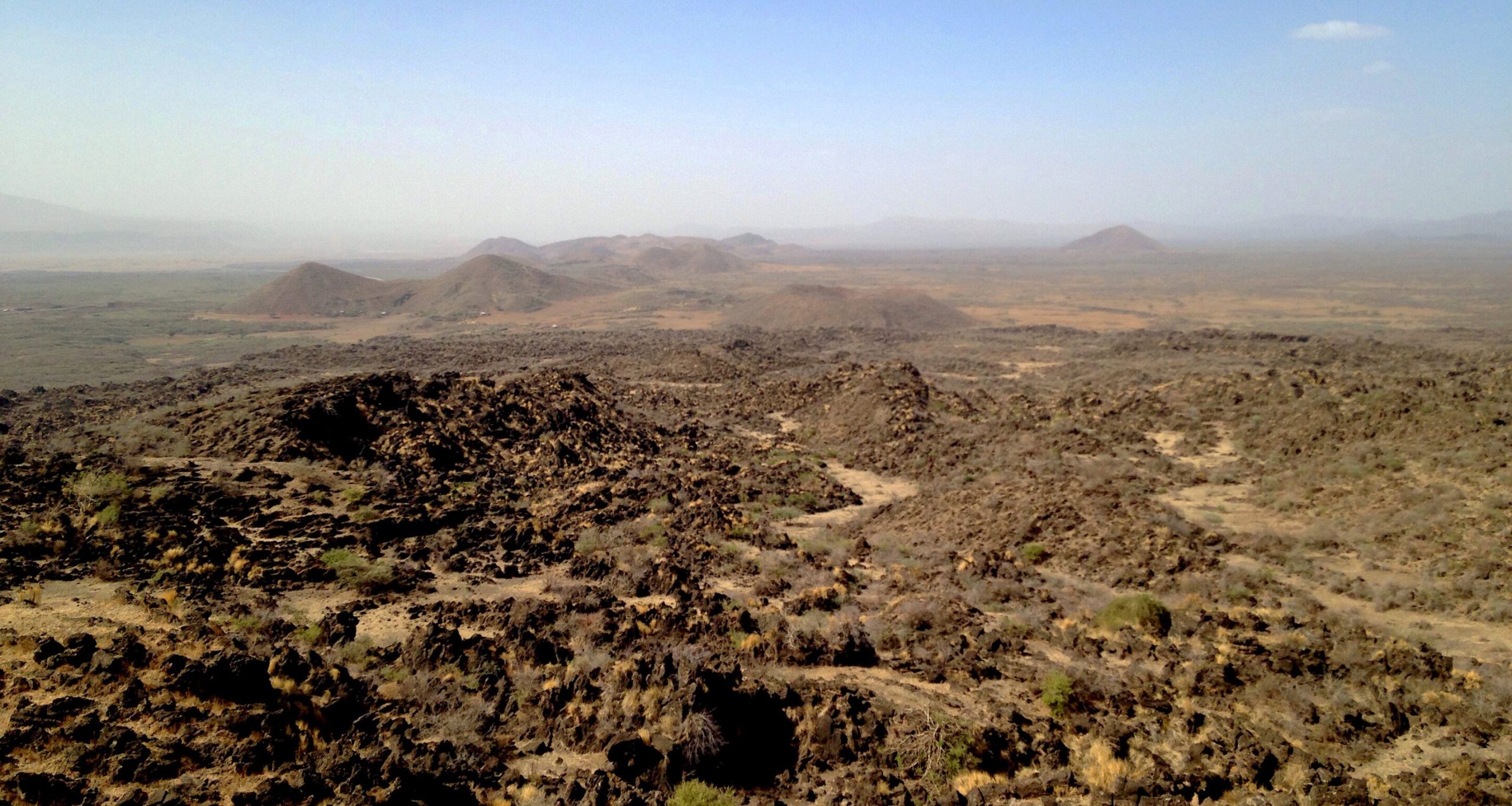Now Reading: Desert Lichen’s Solar Resilience Offers Clues to Extraterrestrial Life
-
01
Desert Lichen’s Solar Resilience Offers Clues to Extraterrestrial Life
Desert Lichen’s Solar Resilience Offers Clues to Extraterrestrial Life
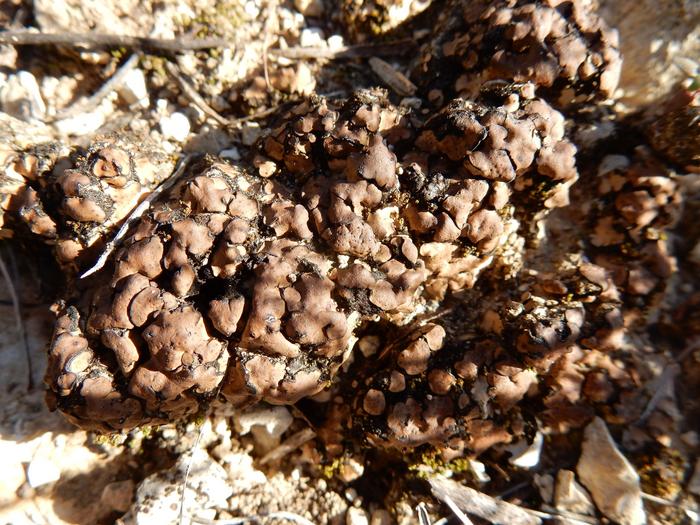
Quick Summary
- A study published in Astrobiology highlights the desert lichen Clavascidium lacinulatum, found in the Mojave Desert, which can survive extreme ultraviolet (UVC) radiation levels.
- UVC radiation,though harmful to most organisms and not naturally present on Earth due to atmospheric filtering,presents a challenge on Earth-like exoplanets orbiting M and F stars that emit strong UVC rays.
- The lichen’s resilience comes from its pigmented protective layer acting as “the world’s best sunscreen,” shielding its algal cells from harmful radiation.
- Experiments showed that half of the algal cells survived three months of constant exposure to a UVC lamp in laboratory conditions when protected by the lichen’s top layer. Without this layer, algae exposed directly died within minutes.
- Interestingly,this adaptation evolved despite Earth’s atmosphere negating natural exposure to UVC rays,suggesting potential survival mechanisms for life beyond Earth on similar planets.
indian Opinion Analysis
The revelation regarding desert lichens opens new dimensions for astrobiology research while underscoring how life forms evolve resilience against environmental stresses unexpectedly absent in current habitats. For India, advancing research into extremophiles such as microbes or lichens can bolster scientific contributions toward space exploration initiatives like ISRO’s studies on planetary habitability and expanding collaborations with global bodies investigating exoplanetary environments. Additionally,exploring novel biomaterials mimicking such adaptations could revolutionize solar shielding technologies with applications across industries facing harsh climatic conditions domestically.





